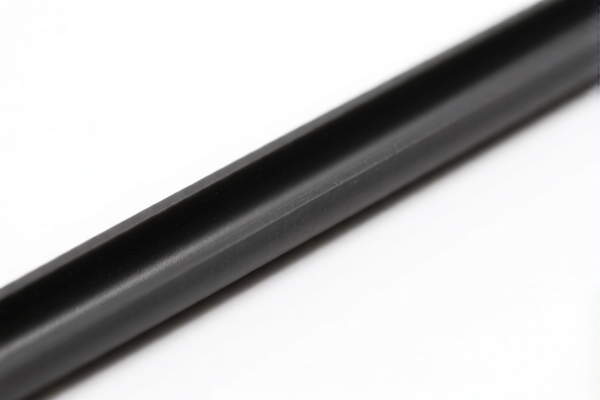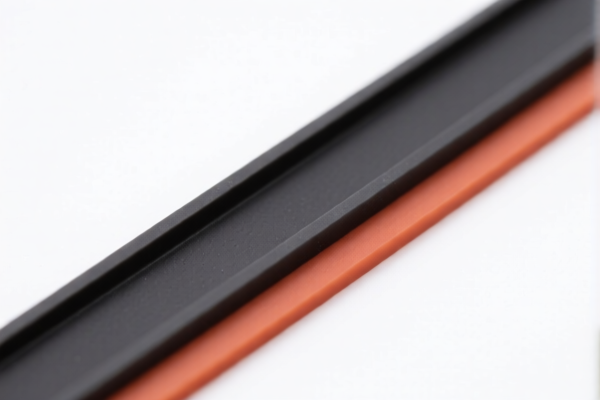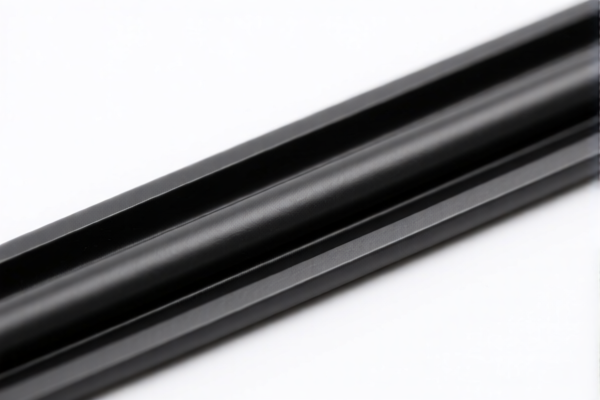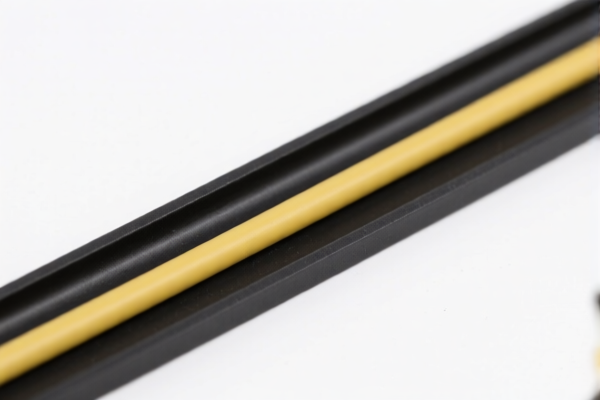| HS Code | Official Doc | Tariff Rate | Origin | Destination | Effective Date |
|---|---|---|---|---|---|
| 3306100000 | Doc | 30.0% | CN | US | 2025-05-12 |
| 3306900000 | Doc | 55.0% | CN | US | 2025-05-12 |
| 3307900000 | Doc | 60.4% | CN | US | 2025-05-12 |
| 3926902100 | Doc | 41.7% | CN | US | 2025-05-12 |
| 3926909910 | Doc | 42.8% | CN | US | 2025-05-12 |
| 3924905650 | Doc | 40.9% | CN | US | 2025-05-12 |
| 3924900500 | Doc | 40.6% | CN | US | 2025-05-12 |




Teeth Polishing Strip
Teeth polishing strips, also known as polishing tape or ultra-thin abrasive strips, are dental consumables used to smooth and polish the surfaces of teeth, primarily after restorative procedures or to remove superficial stains.
Material
These strips are typically constructed from a flexible polymeric material, most commonly polyester, impregnated with abrasive particles. The abrasive component is usually silica, aluminum oxide, or diamond particles, with varying grit sizes determining the level of abrasion. Some specialized strips incorporate fluoride to aid in remineralization.
Purpose
The primary purposes of teeth polishing strips include:
- Smoothing Restorations: After procedures like composite fillings, polishing strips refine the margins of the restoration, eliminating roughness and improving the overall aesthetic and functional outcome.
- Stain Removal: Superficial stains caused by coffee, tea, tobacco, or certain foods can be removed using polishing strips, although they are not effective for deep-seated stains.
- Interproximal Polishing: They are particularly useful for polishing the surfaces between teeth (interproximal areas) where access with a rotary polishing instrument is difficult.
- Margin Refinement: Used to smooth and blend the margins of crowns, veneers, and inlays/onlays.
- Preparation for Bonding: Creating a slightly roughened surface for improved adhesive bonding of composite materials.
Function
Polishing strips function through abrasive action. The abrasive particles embedded within the strip physically remove a very thin layer of tooth surface or restoration material. The flexibility of the strip allows it to conform to the tooth’s contours, ensuring uniform polishing. The action is typically performed manually, though some dental instruments can aid in the process.
Usage Scenarios
- Post-Composite Restoration: Immediately following composite filling placement and curing, polishing strips are used to refine the restoration’s shape and smoothness.
- Orthodontic Treatment: To polish around brackets and after bracket removal, removing any residual adhesive or irregularities.
- Prosthetic Dentistry: Refining margins of crowns, bridges, and veneers.
- Cosmetic Dentistry: Removing superficial stains and improving the overall luster of teeth.
- Interproximal Reduction: Carefully removing small amounts of material between teeth to improve contact point form or to create space.
Common Types
- Single-Sided Strips: Abrasive on one side only, used for general polishing.
- Double-Sided Strips: Abrasive on both sides, offering more aggressive polishing or allowing for longer use.
- Coarse, Medium, Fine, and Extra-Fine Grit Strips: Different grit sizes are used for different levels of abrasion. Coarse grits are used for initial shaping, while finer grits are used for final polishing.
- Diamond Polishing Strips: Incorporate diamond particles for more aggressive and efficient polishing, often used for harder materials.
- Fluoride-Impregnated Strips: Release fluoride ions during polishing, helping to remineralize the tooth surface and reduce the risk of post-operative sensitivity.
- Pre-Coated Strips: Strips with a pre-applied abrasive coating, simplifying the polishing process.
- Knitted Strips: Constructed from a knitted polyester material for enhanced flexibility and conformability.
Teeth polishing strips are preparations used for oral or dental hygiene. Based on the provided information, the following HS codes may be relevant:
-
3306100000: This HS code covers preparations for oral or dental hygiene, including denture fixative pastes and powders; yarn used to clean between the teeth (dental floss), in individual retail packages: Dentifrices. While teeth polishing strips aren't explicitly listed, they fall under the broader category of oral hygiene preparations.
- 33: Chapter 33 covers essential oils and resinoids; perfumery, cosmetic or toilet preparations.
- 06: Heading 06 specifically covers preparations for oral or dental hygiene.
- 100000: This is a more specific subheading for dentifrices, which are pastes or powders used for cleaning teeth.
-
3306900000: This HS code covers preparations for oral or dental hygiene, including denture fixative pastes and powders; yarn used to clean between the teeth (dental floss), in individual retail packages: Other. If the teeth polishing strips are not packaged as dentifrices, this code may be applicable.
- 33: Chapter 33 covers essential oils and resinoids; perfumery, cosmetic or toilet preparations.
- 06: Heading 06 specifically covers preparations for oral or dental hygiene.
- 900000: This is a more general subheading for other oral hygiene preparations not specifically classified elsewhere.
According to the provided reference material, the HS code options related to 'teeth polishing strip' are limited, with only the following 2 found.
It is important to note that the applicable tariff for both HS codes is subject to change. As of the reference material's date, 3306100000 has a total tariff of 30.0% (0.0% basic tariff, 0.0% additional tariff, and 30% additional tariff after April 2, 2025), while 3306900000 has a total tariff of 55.0% (0.0% basic tariff, 25.0% additional tariff, and 30% additional tariff after April 2, 2025).
Customer Reviews
No reviews yet.